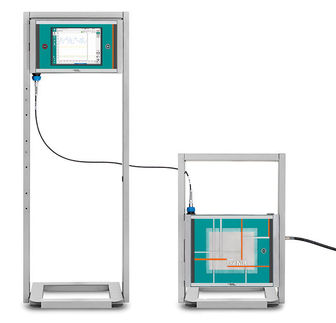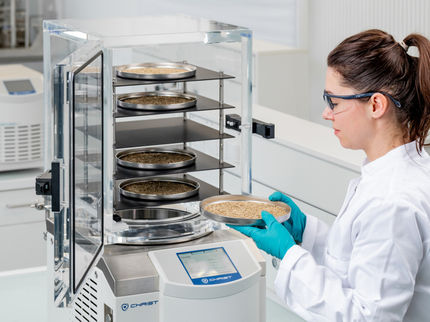Anal fistula
Classification & external resources
| ICD-10
| K60.3
|
| ICD-9
| 565.1
|
An anal fistula is an abnormal connection between the epithelialised surface of the anal canal and (usually) the perianal skin. (See definition of a fistula).
Anal fistulae originate from the anal glands, which are located between the two layers of the anal sphincters and which drain into the anal canal. If the outlet of these glands becomes blocked, an abscess can form which can eventually point to the skin surface. The tract formed by this process is the fistula.
Abscesses can recur if the fistula seals over, allowing the accumulation of pus. It then points to the surface again, and the process repeats.
Anal fistulas per se do not generally harm and they often do not hurt, but they can be irritating because of the pus-drain; additionally, recurrent abscesses may lead to significant short term morbidity from pain, and create a nidus for systemic spread of infection.
Surgery is considered essential in the decompression of acute abscesses; repair of the fistula itself is considered an elective procedure which many patients elect to undertake due to the discomfort and inconvenience associated with a draining tract.
Symptoms
Anal fistulae can present with many different symptoms:
- Pain
- Discharge - either bloody or purulent
- Pruritus ani - itching
- Systemic symptoms if abscess becomes infected
Diagnosis
Diagnosis is by examination, either in an outpatient setting or under anaesthesia (referred to as EUA - Examination Under Anaesthesia). The examination can be an anoscopy.
Possible findings:
- The opening of the fistula onto the skin may be seen
- The area may be painful on examination
- There may be redness
- An area of induration may be felt - thickening due to chronic infection
- A discharge may be seen
- It may be possible to explore the fistula using a fistula probe (a narrow instrument) and in this way it may be possible to find both openings of the fistula
Treatment
There are several stages to treating an anal fistula:
Treating active infection
Some patients will have active infection when they present with a fistula, and this requires clearing up before definitive treatment can be decided.
Antibiotics can be used as with other infections, but the best way of healing infection is to prevent the buildup of pus in the fistula, which leads to abscess formation. This can be done with a seton - a length of suture material looped through the fistula which keeps it open and allows pus to drain out. In this situation, the seton is referred to as a draining seton.
Definitive Treatment
Definitive treatment of a fistula aims to stop it recurring. Treatment depends on where the fistula lies, and which parts of the anal sphincter it crosses.
There are several options:
- Doing nothing - a drainage seton can be left in place long-term to prevent problems. This is the safest option although it does not definitively cure the fistula.
- Conversion to a cutting seton - this involves a similar process to a draining seton but the suture is tied tightly. This gradually cuts through the muscle and skin involved, leaving behind a small area of scarring. This cures the fistula in most cases, but can cause incontinence in a small number of cases, mainly of flatus (wind).
- Lay-open of fistula-in-ano - this option involves an operation to cut the fistula open and let it heal naturally. This cures the fistula but leaves behind a scar, and can cause problems with incontinence. This option is not suitable for complex fistulae, or those that cross the entire anal sphincter.
- Fibrin glue injection is a method explored in recent years, with variable success. It involves injecting the fistula with a biodegradable glue which should, in theory, close the fistula from the inside out, and let it heal naturally. This method is perhaps best tried before all others since, if successful, it avoids the risk of incontinence, and creates minimal stress for the patient.
- Fistula plug is an "advanced" version of the fibrin glue method. It involves "plugging" the fistula with a "plug" made of porcine small intestine submucosa (sterile, biodegradable), fixing the plug from the inside of the anus with suture, and, again, letting the fistula heal "naturally" from the inside out. According to some sources, the success rate with this method is as high as 80%.
- Endorectal advancement flap is a procedure in which the internal opening of the fistula is identified and a flap of mucosal tissue is cut around the opening. The flap is lifted to expose the fistula, which is then cleaned and the internal opening is sewn shut. After cutting the end of the flap on which the internal opening was, the flap is pulled down over the sewn internal opening and sutured in place. The external opening is cleaned and sutured. Success rates are variable and high recurrence rates are directly related to previous attempts to correct the fistula.
- Anal Fistula Plug is a recently developed method known as AFP. This treatment requires placement and fixing of a plug in the anal fistula by a special technique. The plug is made of highly sophisticated absorbent material; it provides a scaffold over which body’s collagen gets deposited and closes the fistula. Comparative studies have shown this method to be very effective. One advantage of this method is that it involves no cutting, so there is no post operative wound and pain. AFP plugs can sometimes be inserted under local anesthesia. This method can be used successfully to treat high fistula without colostomy. It does not carry any risk of bowel incontinence. As opposed to the staged operations, which may require multiple hospitalizations, AFP requires hospitalization for only about 24 hours. The success rate of AFP is better than the other procedures. AFP was approved for clinical use by the FDA in May 2005 and hundreds of procedures have been done since then.
|







